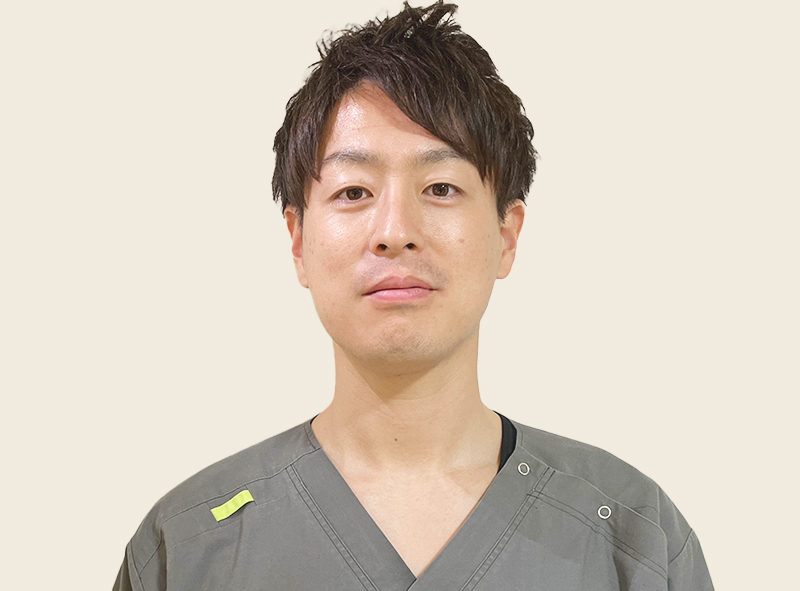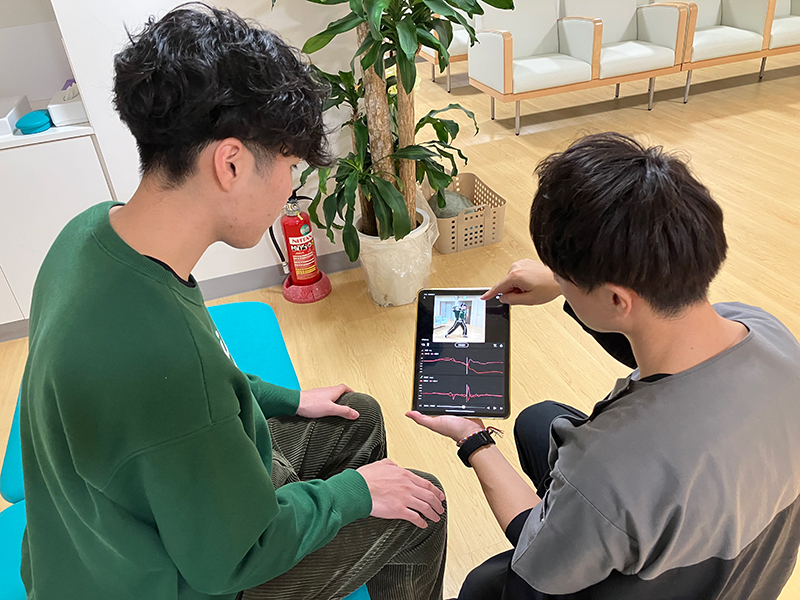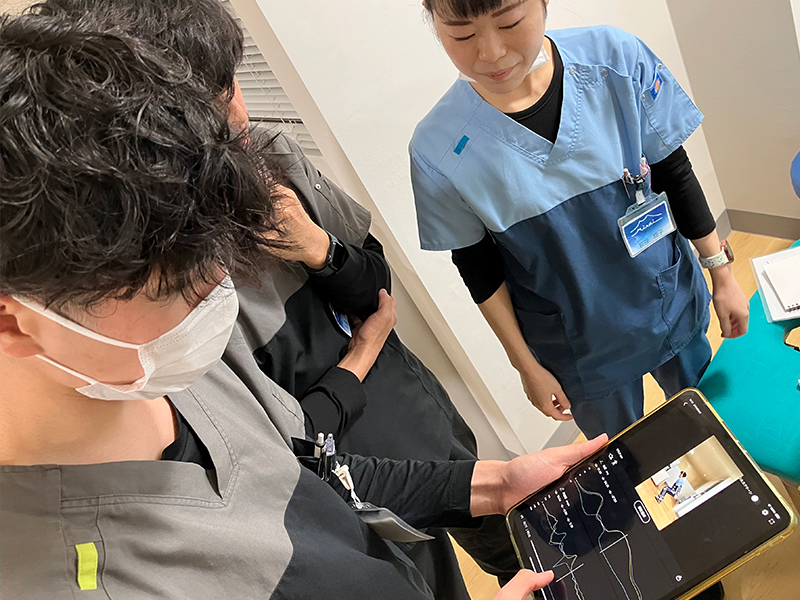Implementation record of SPLYZA Motion :
Mirai-no-Oka Orthopedic Clinic

Mirai-no-Oka Orthopedic Clinic | Dr. Wakabayashi
■ Challenges Before Introducing SPLYZA Motion
Previously, we explained patients' symptoms and conditions using only words or simple videos, which made it
difficult for patients to visually understand their own situations. This was especially true for student
athletes, as sports movements are complex. It was challenging to clearly show what part of the movement was
problematic or how it had improved using just verbal explanations or standard video. As a result, we
struggled to gain the patients’ full understanding and agreement.
■ Reason for Implementation
The key reason for implementing SPLYZA Motion was its ability to easily and accurately analyze movements
just by recording videos as usual with a smartphone or iPad. Since it allows for effortless motion analysis
without the need to attach complex devices to the patient or set up special cameras, we were drawn to its
practicality and decided to introduce it for immediate clinical use.
■ Practical Use / Application Scenarios
SPLYZA Motion is utilized in various scenarios, including initial assessments, visualizing changes before
and after rehabilitation, providing feedback to patients, and sharing information among staff members.
Initial Assessment:
We especially use SPLYZA Motion for patients who visit us with sports-related injuries. By recording and
analyzing the problematic movements, we can objectively and quantitatively understand the condition of the
patient’s body, which helps in developing an appropriate treatment plan. For example, for patients with
running-related injuries, we record their running form and analyze aspects such as hip, knee, and foot
angles during landing, as well as the position of their center of gravity, to identify the root cause of the
issue.
Before and After Rehabilitation:
We also use SPLYZA Motion to record and analyze movements before and after rehabilitation. This allows us to
clearly demonstrate the effectiveness of the rehabilitation using numerical data and visual evidence. For
instance, in the case of a patient suffering from knee pain, we can compare videos of their walking before
and after rehabilitation to show changes in knee angles and stride length, thereby clearly illustrating the
progress.
Feedback to Patients:
The results of the analysis with SPLYZA Motion are used as explanatory materials when communicating with
patients. Since they can visually see the condition of their own body and how their movements have changed,
patients can better understand and appreciate the effects of treatment. Providing specific numerical data
and video comparisons also helps boost their motivation.
Information Sharing Among Staff:
By sharing the videos and analysis data obtained through SPLYZA Motion among staff, even when the therapist
in charge changes, the patient’s condition and treatment progress can be smoothly understood, ensuring
consistent care. Additionally, by discussing the analysis results from multiple therapists' perspectives, we
can consider treatment plans from a more multifaceted viewpoint.

■ Unique Initiatives
At Mirai no Oka Orthopedic Clinic, we hold study sessions once or twice a month utilizing SPLYZA Motion.
These sessions are aimed at enhancing staff skills by analyzing various cases using SPLYZA Motion and
sharing insights on treatment methods and key considerations. Through these initiatives, we strive to raise
the overall skill level of our team and provide higher-quality medical services.
■ Changes After Implementing SPLYZA Motion
Since introducing SPLYZA Motion, patients have been able to better understand their conditions, which has
led to improved consistency and quality in their self-training efforts. We’ve received more feedback from
patients stating that being able to visually grasp the condition of their bodies has increased their
motivation toward treatment and rehabilitation.
Additionally, sharing patient conditions and movement changes among staff has become much easier, allowing
for a unified understanding and approach to treatment. Previously, treatment plans were sometimes based on a
therapist’s subjective judgment, but with SPLYZA Motion, we can now create treatment plans based on
objective data, which has helped improve treatment outcomes.
Furthermore, SPLYZA Motion has become a valuable tool for raising staff awareness. Even when there’s a
discrepancy between a therapist’s assessment and the area of pain reported by the patient, SPLYZA Motion
allows us to quickly analyze movements and detect subtle changes that might be missed by the human eye. This
enables us to evaluate the patient’s condition from an objective perspective.

■ Future Outlook
We plan to utilize SPLYZA Motion in academic conferences and case presentations moving forward. Until now,
many of our presentations have relied heavily on subjective observations. While trained professionals can
recognize certain movement changes, subjective data can lead to differing interpretations of the same gait
pattern, and it can be difficult for those less experienced to fully understand.
SPLYZA Motion allows us to quantify and objectively analyze movements, making explanations clearer and more
accessible to everyone. We believe it will not only enhance communication with patients, but also be
extremely useful for sharing information and deepening discussions with physical therapists from other
hospitals.